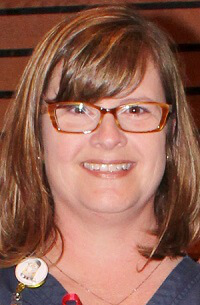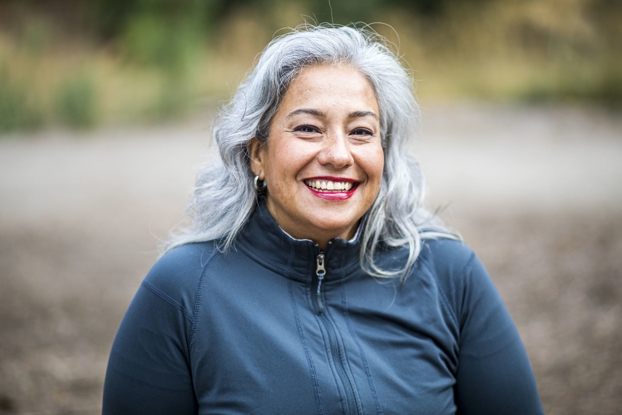Stroke: Why Minutes Matter
- Category: Stroke, Living Well
- Posted On:
- Written By: Toni Rougeou, RN

Stroke can occur at any time, at any age to anyone. All too often stroke has been referred to as an “old person's disease,” however stroke does not discriminate by age. We are seeing more young people being affected by strokes these days which is why it is important to understand what a stroke is and how to point out visible symptoms that can affect young and older adults.
A stroke happens when the blood flow that goes to an area of the brain is cut off and is deprived of oxygen. If blood supply is stopped for even a short time, brain cells begin to die. A stroke can lead to a loss of memory and muscle control.
There are two different types of strokes:
- Ischemic stroke – caused by clot or plaque accounts for about 87% of all strokes
- Hemorrhagic stroke – Bleeding in or around the brain caused by uncontrolled elevated blood pressure, ruptured aneurysm, or arterial-venous malformation.
The most common causes of stroke are out-of-control risk factors, such as hypertension, diabetes mellitus, high cholesterol, smoking, substance abuse, atrial fibrillation, obesity, and lack of exercise.
Different types of substance abuse that leads to stroke in younger adults include:
- Cocaine use
- Smoking mojo (synthetic marijuana)
- Excessive alcohol use.
A condition referred to as a hypercoagulable state may place younger individuals at risk for ischemic stroke. This condition is rare but commonly causes blood clots to form unexpectedly, leading to an increased risk for stroke. These conditions are generally inherited or acquired. Some situational factors such as pregnancy, cancer, and severe infections may also cause hypercoagulable states.
Cerebral venous thrombosis is another rare type of stroke which occurs in younger adults, who may have risk factors such as hypercoagulable state, inflammatory bowel disease, use of birth control pills, substance abuse, and trauma to the head. Cervicocerebral arterial dissection should be considered in any patient who is young or middle-aged who is having an ischemic stroke. This condition is rare, and generally, the dissection may occur spontaneously or due to severe trauma.
The signs and symptoms of stroke will be the same no matter the cause. You need to remember BEFAST:
B – Sudden loss of balance; Severe dizziness
E – Sudden vision changes; Double vision or loss of vision
F – Sudden facial droop
A – Sudden weakness, numbness, or heaviness to face, arm, or leg on one side of the body
S – Sudden speech changes; slurred speech; unable to speak
T – Time – calling 911; or Terrible headache; worst headache of your life.
Time is important when it comes to your brain. For every minute delay in restoring blood flow after a stroke, you could lose two million brain cells. The earlier you notice stroke symptoms, the better your chances of getting vital medical attention and recovering from a stroke.
Remember that stroke is no joke. Recognize, respond, and prevent. To learn more, please visit umcno.org/strokecenter. Our next Different Strokes support group for survivors and loved ones is April 2. For more information on this support group, call 504-702-5019.

Toni Rougeau.jpgToni Rougeou, RN, is the Stroke Program Coordinator for University Medical Center New Orleans. University Medical Center is an Advanced Primary Stroke Center with a full stroke team on call 24/7 to immediately care for patients with stroke symptoms.


